At present, foreign countries by underground leaching and heap leaching from lean ore, ore and waste rock outside the balance sheet beneficiation plant tailings and mining enterprises in the leaching of copper and uranium, has been successfully using bacterial leaching method. We are now studying how to treat concentrates of non-ferrous metals and precious metals by tank bacterial leaching in order to recover valuable components or remove impurities. Studies using microbial leaching of refractory arsenic-containing concentrates have shown that sulphur leaching rates can be increased by hundreds of times under optimal conditions such as pH , slurry temperature, particle size of the original concentrate, oxygen and carbon dioxide, and ore concentration. The trough bacterial leaching method is different from the underground leaching method and the heap leaching method, and has many unique features. Leaching is carried out in large tanks or Pachuca tanks. Therefore, bacteria are oxidized much faster in these devices than in subsurface leaching and heap leaching. Leaching is carried out in concentrated pulp, so the bacterial leaching method is suitable for treating concentrates having a much higher sulphide content than ore or waste rock. Since the trough bacterial leaching method has the above characteristics, its leaching efficiency depends on a variety of special factors. A large amount of different elemental ions are accumulated in the leachate, for example, the arsenic content is up to The results of studying the interaction between microorganisms and mineral particles using an electron microscope and a manometer show that the microorganism (T. thermophilus) can be firmly fixed to the mineral surface after 10 to 15 minutes of contact during the leaching process . Other bacteria present in the slurry phase can only participate indirectly in the leaching process and allow the ferric sulphate to be regenerated. In addition to conducting theoretical studies on a laboratory scale, several processes have been developed to deal with difficult gold - arsenic concentrates. These gold - arsenic concentrates are characterized by varying amounts of gold, arsenic, carbon, antimony and other elements. Several processes are included direct bacterial leaching, after leaching the solution purification of the bacteria, the bacteria solution is returned to use and the like leached I cyanation step. For a period of two or bacterial leaching Pachuca tank in air with stirring. The leaching conditions are as follows: solid: liquid = 1 : 5 , concentrate particle size is 90~95%-0.074 mm, pulp temperature is 28~ After leaching for 60~120 hours, the oxidation rate of the arsenopyrite can reach 80~90% . The leaching residue after bacterial leaching is subjected to cyanidation of the elbow, and the gold recovery rate can reach 86 to 91% . However, if the concentrate is cyanated directly without pre-leaching by bacteria, the gold recovery rate is only 10 to 32% . The high arsenic - gold concentrate processing process (see Figure 1 ) consists of two stages of bacterial leaching. After the leaching of the I stage bacteria, the slurry is classified according to the 40 micron size to separate the qualified products suitable for cyanidation. The yield is 25~30% of the original ore. After the leaching of the II stage bacteria, the product is leached. The arsenic content is reduced from 9-10% of the original concentrate to 1.3~1.4% . At this time, the recovery rate of arsenic sulfide is 89 to 91% . When the leaching residue is cyanated, the gold recovery rate is 90 to 91% , but the gold- carbon gold - arsenic concentrate which is not leached by the bacteria is very difficult to handle. Gold is symbiotic with poisonous sand in these concentrates. Danby concentrate contained gold - with a very high adsorption activity cyanide complex.
Product Description:
manufacturer thermoforming rigid PS film / white HIPS plastic sheet rolls
1. easier process
Packaging & Shipping for Plastic Sheet:
Ps Film,Ps Protective Film,Transparent Ps Plastic Film,Ps Film For Plastic Cup Lids Shandong Top Leader Plastic Packing CO., LTD , https://www.sdzlplastic.com
Arsenic-containing non-fired process ores and concentrates in recovering gold from refractory bacterial leaching

Clear High Impact Polystyrene Plastic Sheet (HIPS) for Vacuum Forming
High Impact Polystyrene Hips manily to solve the impact brittleness of PS, can be produced different performance and various grades of high impact polystyrene sheet, such as flame retardant grade, high gloss grade, extremely high impact intensity grade and low residual volatile etc.
Our company introduced the newest muli-layer co-extrusion, equipment, could produce , using health grade modified polystyrene, our product conform to government standard, performance PS Sheet according to your requirements.
PS applications:
1. blow molding board, CNC engraving materials, laser engraving materials, sign board, light box, window, logo and mark, etc. HIPS also applies to food packaging, milky tea cup lid, moon cake tray, cookies tray. Electronic tray, cosmetics package and other fields.
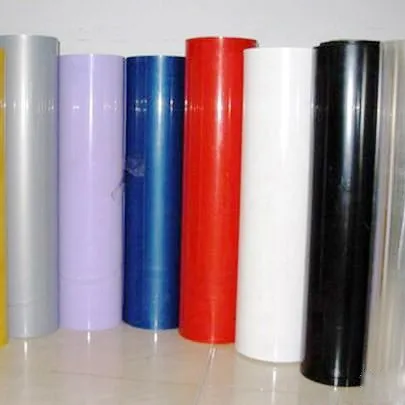
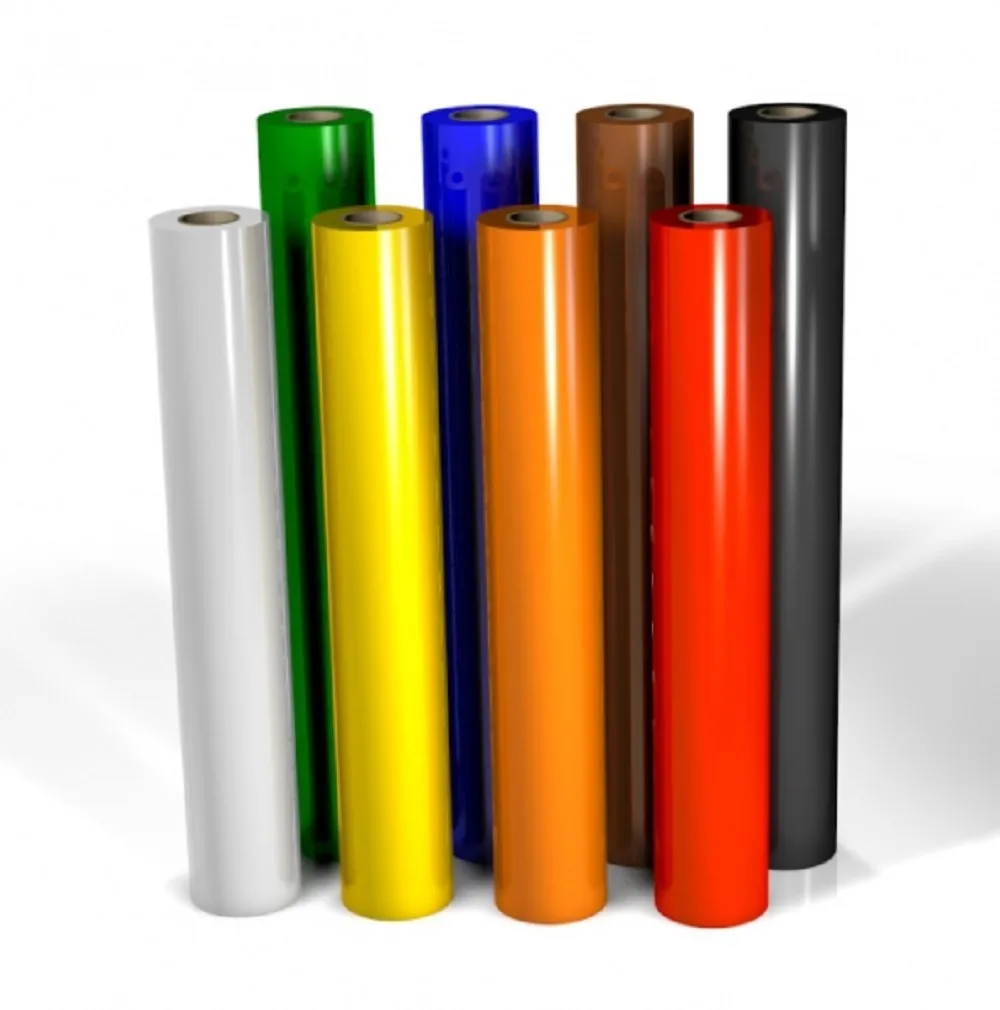
HIPS Plastic Sheet Features
2. good dimensional stability, high impact strength, high rigidity, heat deflection temperature is 96°, material specifi gravity is 1.05.
3. excellent recovery features, is high quality environmental protection material.
4. Thickness: 0.16-1.5mm
5. Max Width: 900mm
6. Non-toxic and chemical resistant
7. SGS certification and food thickness range0.16-1.5mm
8. natural color, teeth yellow color, coffee color, golden yellow color, brilliant orange color, porcelain white color, black color and all sorts of HIPS sheet.
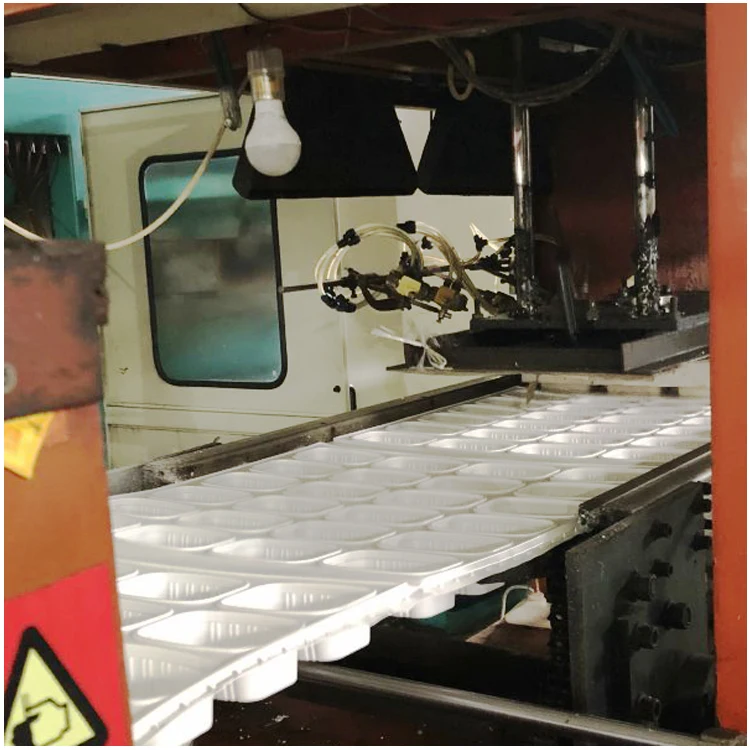
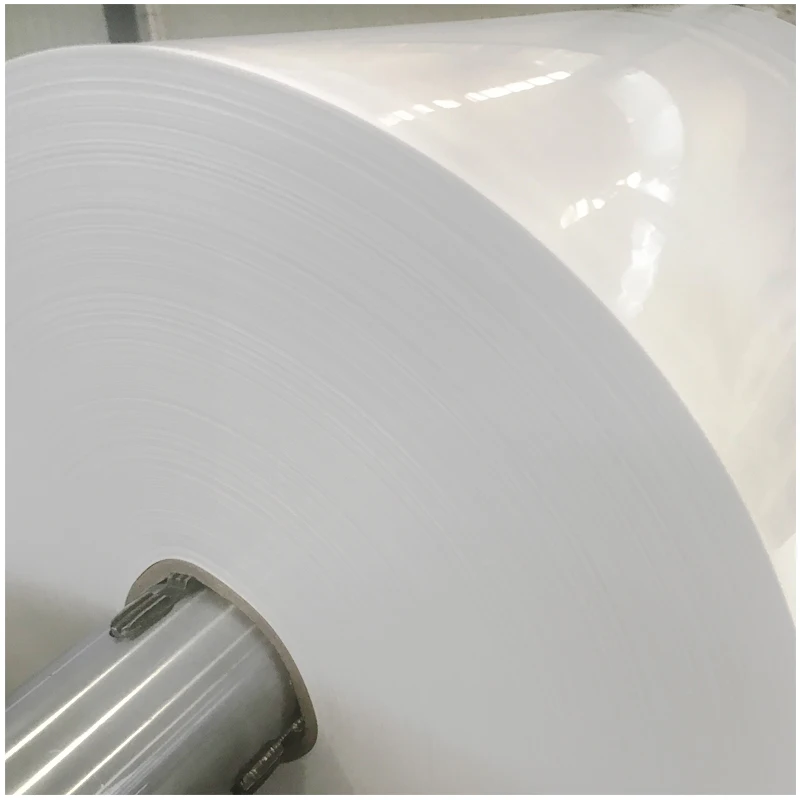
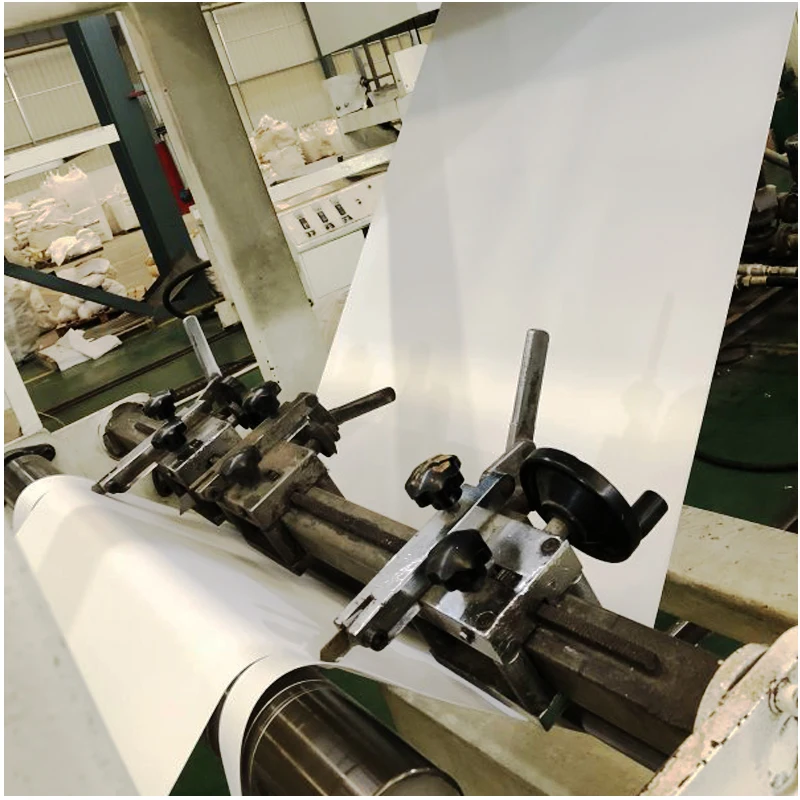
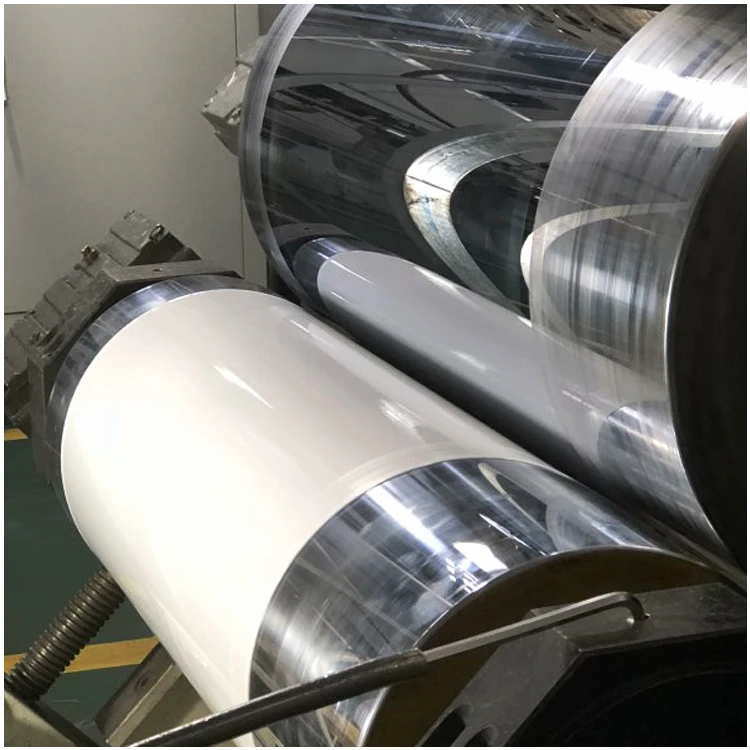
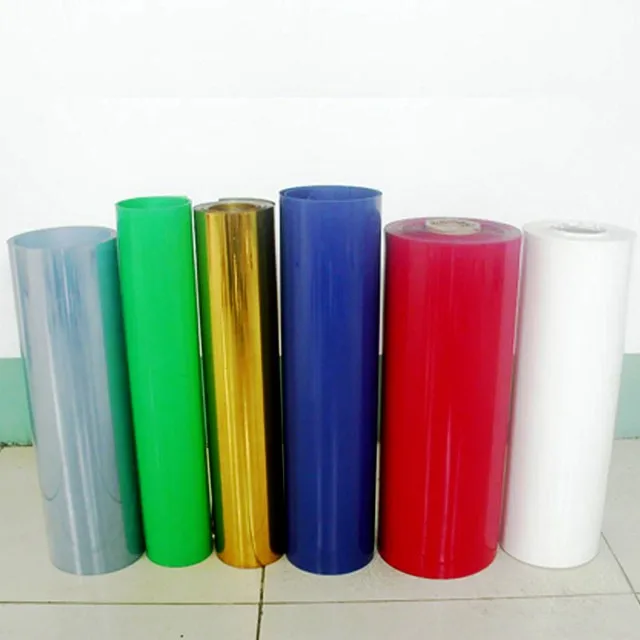
Packing
1. Sample packaging by covered by film or Craft paper.
Delivery

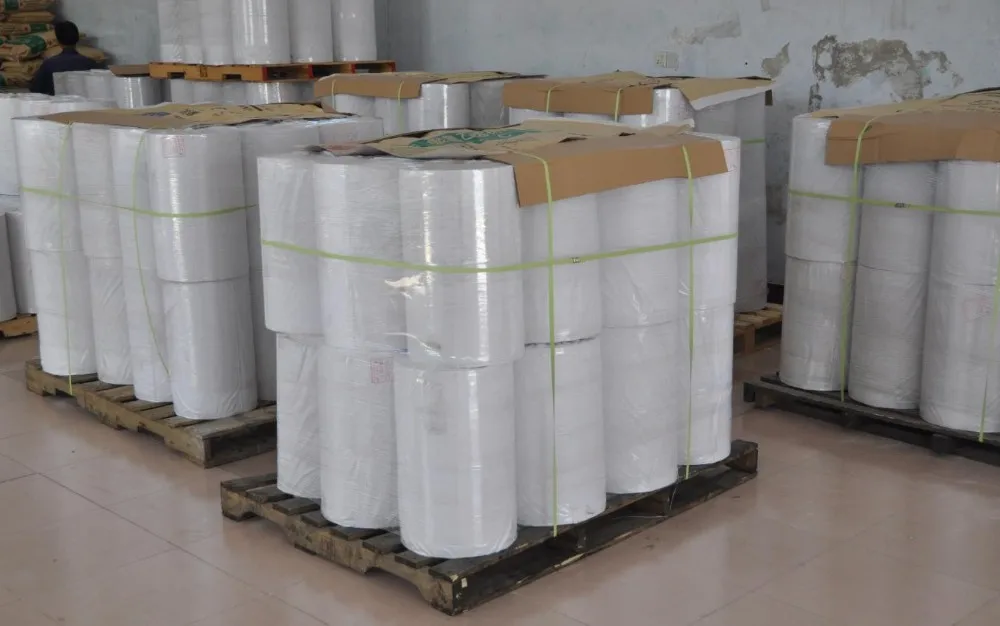
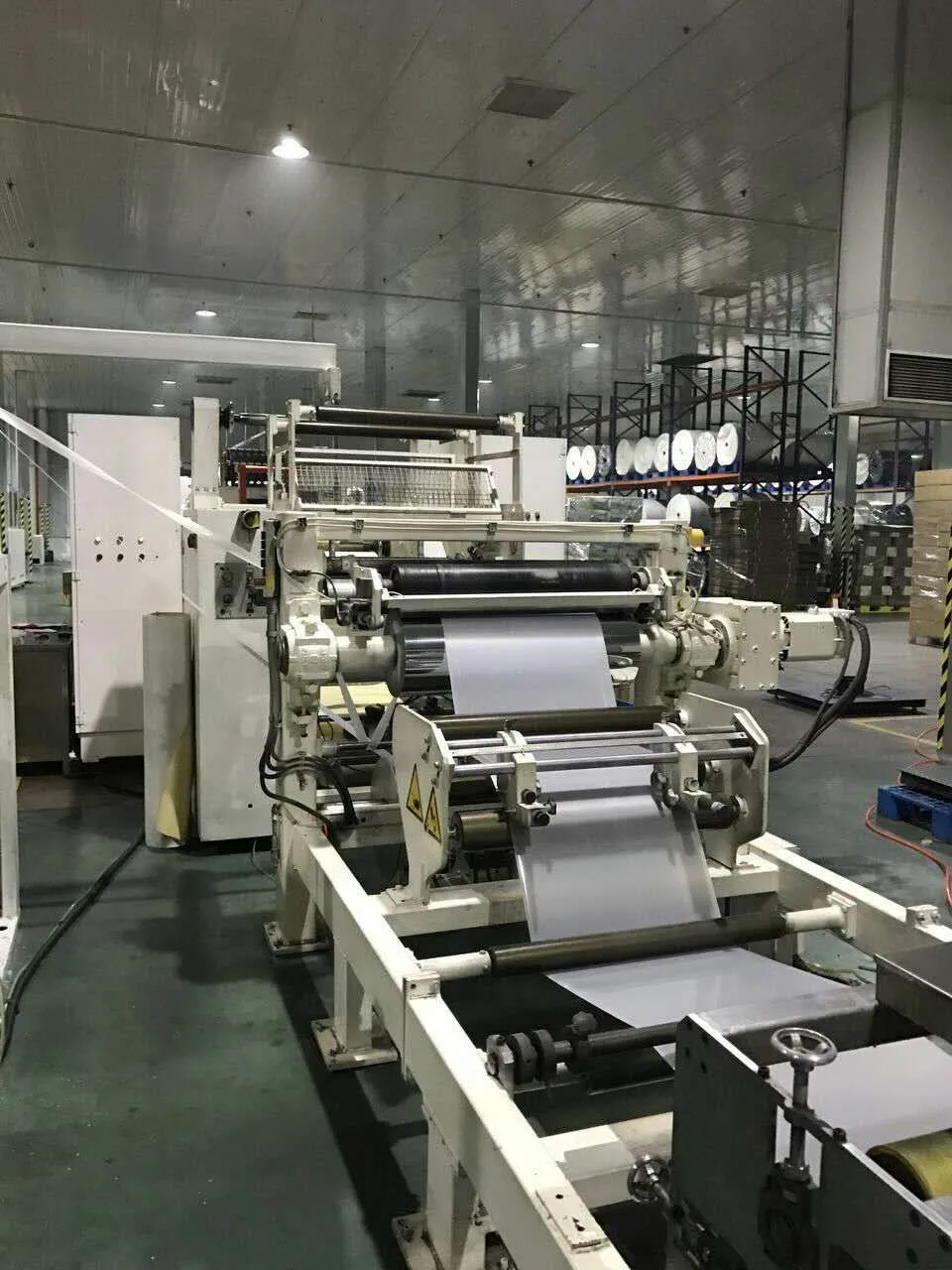
Non-roasting process for recovering gold from arsenic-containing ores and concentrates
Packing & Delivery
2. LCL & FCL packaging by wooden pallet outside and plastic bag inside ,or according to the customers' requirement.